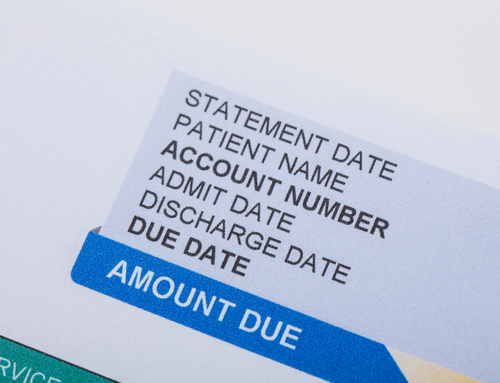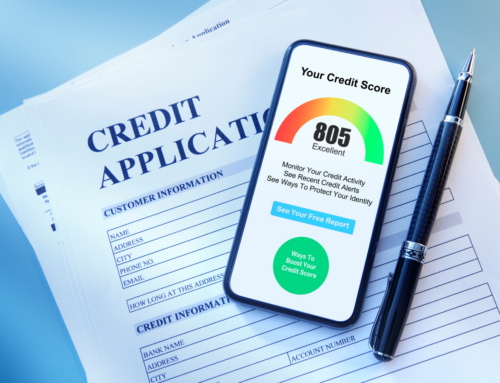Are you making a regular income but still struggling to pay off accumulated debts? Are you behind on house or car payments and need support to get caught up? Chapter 13 bankruptcy may be the answer you’re looking for to get you on track. And the great news is, filing for bankruptcy is much easier than most people think.
What is chapter 13 bankruptcy? A chapter 13 bankruptcy is a repayment plan based on your ability to repay. A chapter 13 bankruptcy is beneficial if your income is high or you have significant assets that you need to protect. While you’ve been struggling to pay off your debts, you could be better supporting yourself and your family right now. Keep reading to learn more about chapter 13 bankruptcy and how it may be the simplest solution to turn your financial situation around.
What Chapter 13 Bankruptcy does for secured debts
A key outcome of chapter 13 bankruptcy: It stops foreclosures and repossessions. It allows you to keep the essential property, like your home and car, that could otherwise be repossessed. After filing chapter 13 bankruptcy, you can cure the arrears on these secured properties through your chapter 13 plan and ensure you are able to retain the property. Other debts you may be able to catch up on including IRS payments and child support.
So, if you have fallen behind on your car, home, IRS, or child support payments, a chapter 13 may be an effective tool for you. If you have high income, chapter 13 may allow you to pay your debts back at pennies on the dollar. For any easy way to ensure you’re taking full advantage of the Bankruptcy Code, speak with our legal advisors.
What Chapter 13 Bankruptcy Does For Unsecured Debts
A chapter 13 bankruptcy will allow you to pay unsecured debts, such as credit cards and medical bills, with no interest and at an amount within your means. This often leads to significantly reduced monthly payments on your debts, equivalent to pennies on the dollar.
A Chapter 13 bankruptcy is a repayment plan based on your ability to repay, so you are able to restructure your debt and focus on improving your financial situation as a whole.
If your income is high, chapter 13 may be beneficial to restructure your debt and save thousands in interest, sometimes paying pennies on the dollar. However, if your income allows, you may be able to file a chapter 7 bankruptcy and eliminate all of your unsecured debts while retaining your house and your cars. Check out our information on chapter 7 bankruptcy to explore that option.
The Wage Earner’s Plan
It is important to note that chapter 13 bankruptcy is meant for people who are currently earning a regular living, which is why it’s sometimes referred to as the “wage earner’s plan.” In other words, it is a process designed for people who are taking accountable steps toward financial stability and solvency.
Your means are determined in part through a written plan. Filing for chapter 13 bankruptcy involves devising a 3-5 year plan that demonstrates how you will pay off at least some of your debts in that timeframe.
Let Us Help You With The Next Steps
If you have a high income or are behind on your house or your car payments, filing chapter 13 bankruptcy may be the solution for you. Chapter 13 bankruptcy allows you to pay back your debts comfortably while retaining your valuable and essential assets. For assistance making this important financial decision and with all the steps along the way, contact Bankruptcy Law Center for chapter 13 bankruptcy services.





